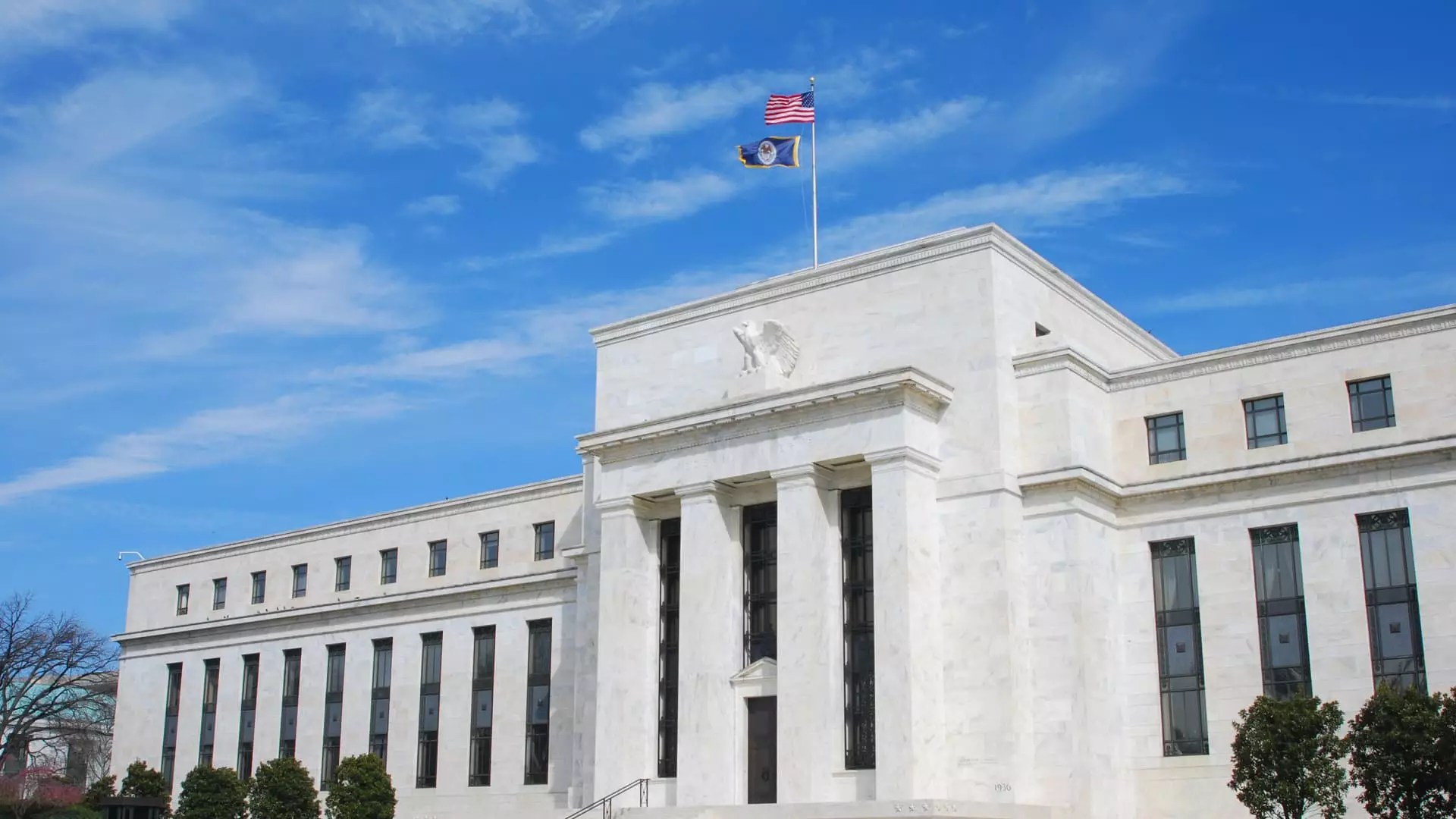The Federal Reserve’s decision to maintain interest rates in the current economic climate raises significant concerns, especially as rising inflation looms on the horizon. While the recent dip in inflation numbers might seem optimistic, underlying factors, such as an escalating trade war, threaten a future where prices again skyrocket. It seems like we are at a pivotal point; as tariffs on European goods and potential blanket tariffs loom, the possibility of a ripple effect across consumer prices becomes increasingly probable. This brings us to a troubling realization: the Fed may find it challenging to cut rates to stimulate the economy when inflation remains a pressing concern.
In essence, what we are witnessing is the Fed’s reluctance to act decisively in an ambiguous economic environment. This indecision sends detrimental ripples across American households that are already stretched thin. As financial analyst Greg McBride notes, consumers are feeling the pressure. Most families are grappling with heightened borrowing costs and limited disposable income, factors that could impede their financial resilience.
The Ripple Effects of Stagnated Interest Rates
The federal funds rate significantly influences the financial landscape, as it sets the groundwork for how much banks charge one another for overnight loans. Beyond that, it fundamentally affects the borrowing costs that everyday Americans encounter. When interest rates are high or stagnant, consumers find themselves in a challenging predicament; they are left with persistently high costs for auto loans, credit cards, and mortgages. While it is true that recent trends show some easing in these borrowing rates, they remain relatively high when viewed against historical averages.
Consider the example of mortgage rates. They have seen a slight decline recently—from approximately 7.04% at the year’s start to 6.77%. Although any drop in rates is positive, the fact remains that these rates are still substantially higher than many early homeowners would prefer. This raises the question: Are these minor adjustments enough to relieve the economic burdens on consumers already teetering on the edge of financial distress?
Consumption Patterns in Decline
With increased fears of a looming recession dominating consumer sentiment, the borrowing landscape is being reshaped, often in negative ways. As Greg McBride aptly puts it, consumers are “stressed” and on edge about what the future holds. A fear of recession stifles spending, as households become more risk-averse and hesitant to make large purchases. When this sentiment spreads, it becomes self-perpetuating: less consumer spending exacerbates economic decline, leading to layoffs and further recessionary pressures.
This pernicious cycle means that even if rates stabilize or fall, they may not catalyze the economic activity we desperately need. For example, credit card debt has surged by 8.2% year over year. With inflation eating away at purchasing power, this rising debt leaves consumers in a dire situation. The challenge remains: how do you build consumer confidence amidst such pervasive uncertainty?
The Student Debt Dilemma
For those burdened with student loans, the situation remains bleak. Not only are fixed federal student loan rates climbing, reaching 6.53%, but students looking to finance their education face mounting pressure from other economic factors as well. The costs of living are rising, and the emergence of higher interest rates creates an environment where financing an education becomes increasingly burdensome.
While fixed rates offer some reassurance, they do not immunize borrowers from the effects of inflation and rising borrower costs. Graduates often find themselves entering a challenging job market with mounting debt, setting the stage for long-term financial repercussions that could span decades.
The Silver Lining: Online Savings Accounts
Interestingly, amidst all this turmoil, a glimmer of hope exists for savers. The rise of online savings accounts offering attractive yields—averaging around 4.4%—provides a possible antidote to some of the financial anxiety permeating American households. People are discovering they can earn a reasonable return on their savings, which offers a modicum of financial stability.
However, while this development is encouraging, it shouldn’t be a consolation prize for the disheartening state of consumer credit and borrowing costs. The reality remains that the Fed’s current indecisiveness in lowering rates can deter even responsible savers from taking steps toward financial independence. If we truly want to bolster the economy, it will require not just effective saving mechanisms but also a comprehensive strategy that addresses the multifaceted nature of consumer debt and economic uncertainty.
As we find ourselves navigating these turbulent waters, one thing becomes clear: the Federal Reserve’s inaction may have dire consequences that hit the American populace hard, especially the most vulnerable sections of our society. Something needs to change—and soon.


Leave a Reply